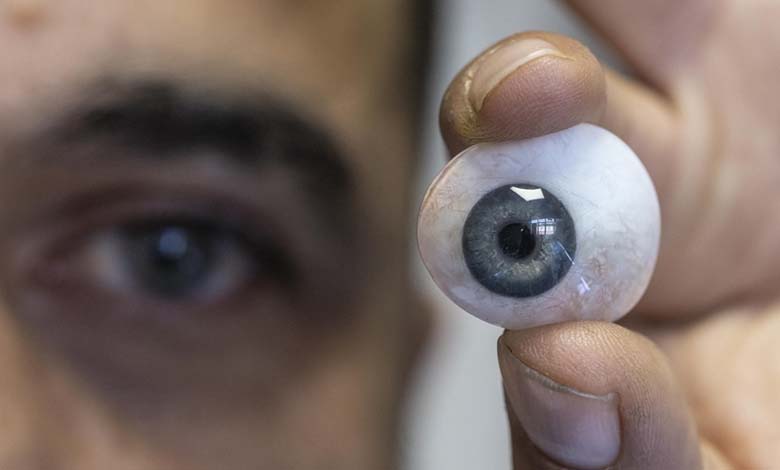The World on the Verge of Developing a Sighted Artificial Eye

Specialists from the Moscow Institute of Physics and Technology and the University of Mechanics and Optics have developed an optical electronic synapse with short-term memory, controlled by hybrid light and electrical signals. This means they have created a microscopic artificial part of the brain, bringing science closer to the invention of a sighted artificial eye, according to Russian media reports citing the Moscow Institute of Physics and Technology.
-
One Cause is Dehydration… Reasons Behind Dark Circles Around the Eyes
-
Your Eyebrow Shape Reveals 5 Health Indicators
According to the institute, this innovation mimics key characteristics of brain synapses, and such a device could become the foundation for creating an artificial eye, as well as devices based on the principle of “computation” within sensors.
In biology, a synapse is the point of connection between active brain cells (neurons). As science has shown, these “bridges” between neurons are responsible for memory. Today, engineers are working to make memristors, resistors whose resistance changes as electrical signals pass through, perform the role of artificial synapses.
-
Study: “Eye Problems” Linked to Early Symptoms of Dementia
-
The Eye: The Most Affected Organ by Rising Temperatures
Researchers from the Moscow Institute of Physics and Technology and the University of Mechanics and Optics succeeded in creating memristor devices with short-term memory controlled by hybrid light and electrical signals. These devices enable local production of microelectronics, even at the current technological level, and ensure a high density of neural elements on the chip, comparable to leading foreign counterparts.
It is noteworthy that living organisms typically process visual information in several stages. First, detection is carried out by sensors in the retina, then the light signal is transmitted to the cells in the optic nerve, which generate impulses for processing in the brain’s visual cortex.
-
Iraq: Criminalization of Eye Color Change Procedures in Beauty Centers
-
Study: “Eye Problems” Linked to Early Symptoms of Dementia
Anton Hanas, senior researcher at the Laboratory of Functional and Chemical Materials at the University of Mechanics and Optics, stated: “My colleagues and I have managed to create an optical electronic artificial synapse based on micro-crystals and electrodes made of carbon nanotubes, which perform all these functions in one device.”












